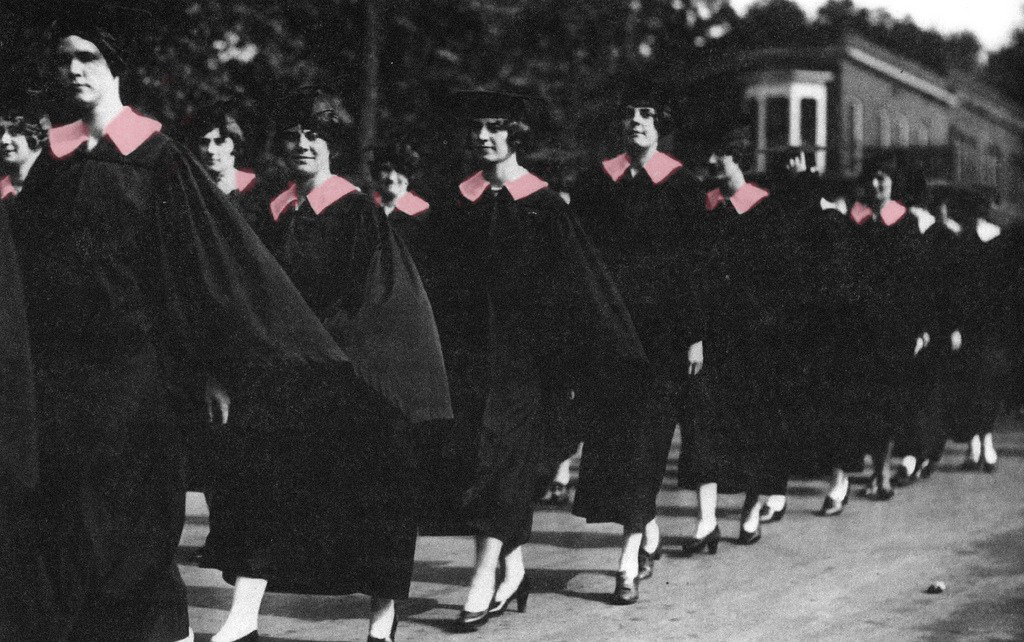Discrimination is pink
Half of the world's population are women, but women only own 1% of the world's wealth. A study performed by the European Commission in 2015 showed that Spanish women are paid 19.3% less than Spanish men, even when they have the same qualifications and do the same work. In Catalonia, this gap widens to 23.9%. In fact, it has been calculated that it will take another 71 years before the gender pay gap is closed. However, women are not only paid less for their work but also pay more than men for the same products or services. This phenomenon is known as the pink tax.
According to a study performed by the New York Department of Consumer Affairs (2015), women pay 7% more than men for the same product. Differences were found in the price of such everyday products as deodorants, toothbrushes, children's toys, drinks, laundry services or a haircut. Some were almost invisible (just a few cents) while others were much too visible (more than 30 euros). This is the cost that women must pay simply for being what they are.
Pink discrimination is very profitable
"The pink tax is a second-degree price discrimination," says Josep Lladós, professor at the UOC's Faculty of Economics and Business. It means that "while businesses cannot differentiate between buyers, they do have the power to create and offer slightly different products (packaging, colour) so that they appeal to certain groups and are chosen over other products". The expert points out that "we are not really talking about a tax but about discrimination. This premium price reflects businesses' and certain brands' power in certain market niches". According to Forbes, American women pay 1,400 dollars (1,276 euros) more each year than men for the same products.
According to Josep M. Català, Marketing course instructor at the UOC, "the reason for this discrimination is to be found in companies' profit margins". It seems, the expert says, that the "female market is more willing to pay a price premium for supposedly different products; therefore, the brand will continue to leverage this".
Colour-based stereotypes
There are "differences, generally based on colour, different product locations to make price comparisons more difficult, and advertising claims," says Diego Redolar, neuroscientist and professor at the UOC's Faculty of Health Sciences. In the marketing world, Redolar explains, "brands use stimuli such as colour or words such as sensitive or care to send information to our brain that appeals more to our emotions than to our reason".
"Pink is identified with women and with a universe of potential consumers. It is easy to put on the shelf, quickly identified and leaves a strong imprint on the consumer," says Josep M. Català, the marketing expert. The data are eloquent: According to a study by Eva Heller, only 3% of women say that their favourite colour is pink. According to Eleni Papaoikonomou, professor and expert in consumer psychosociology at the UOC, pink is used in marketing because "socially it is related with the gender role; it is a creator of identities and stereotypes" and, therefore, "it is used because consumers can quickly identify what segments certain products are targeting". In fact, "these colour-related gender stereotypes come into play from a very early age". One of the market niches where the pink tax is most visible is in toys.
Same cost, same product, different price. Why do they buy it?
Because "purchasing patterns form part of the socialization process and relate with the social roles we develop," answers the professor and expert in consumer psychosociology, who adds that "what we consume helps us build an identity, reflects on who we are or even allows us to create our 'ideal me'". She gives an example: "A woman who buys an expensive cream is expressing her femininity, which for centuries has been associated with being and staying beautiful". Even so, during the last year, 571,000 women in the United States bought products in their male-oriented version to avoid the pink tax.
"Companies take advantage of the fact that the consumer does not detect alternative products – or does not have access to them – that have the same features or qualities; the consumer is biased," Josep Lladós explains. The New York Department of Consumer Affairs study analysed 794 products, and the results showed that in 42% of the cases, the price of the female-oriented version of the same product costs more than the male-oriented version; the reverse was true in only 18% of the cases. "Arguments based on production costs are not tenable; nor that an increase in demand, especially in this scenario, would lead to a decrease in costs and greater market dynamism," Lladós explains.
The (female) power of criticism: #womantax
Women have enormous power as consumers. Eighty per cent of purchase decisions are made by them and they also have an incredible social influence in recommending products and changing people's perception of brands. In the social media, they are major buying opinion leaders, they tweet recommendations three times more than men and follow double the number of users; they make up 60% of the total number of users on Facebook and 52% on LinkedIn. People are encouraged to report these inequalities on the social media with the hashtag #womantax.
"The pink tax is a risky strategy because female consumers are perfectly capable of reversing this situation," says Josep Lladós. The marketing expert Josep M. Català offers the following reflection: "To avoid creating a bad brand image, companies must change their marketing policies to bring them closer to market realities and market needs". For her part, the sociologist Eleni Papaoikonomou says that "a necessary first step in changing these pricing or product strategies is to change the gender stereotypes".
Experts UOC
Press contact
-
Editorial department
